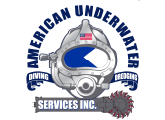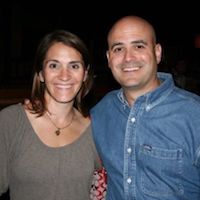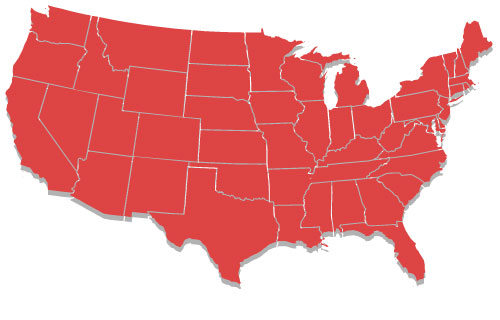If you’ve been tasked with the maintenance and upkeep of golf course or HOA ponds, you’re probably well aware of and familiar with nuisance algae and vegetation outbreaks.
One of the biggest and most dangerous of all outbreaks is cyanobacteria or blue-green algae. It’s toxic to pets, livestock, and humans. Most professional treatments on the market will kill the bacteria, but when they die, a toxic residue is leftover, which can cause great harm.
Read on to learn more about how you can help prevent nutrient loading from occurring in your ponds.
What Causes Nutrient Loading?
The cause of these outbreaks is something called nutrient loading. This happens when a small body of water, such as a pond, receives too many nutrients from such sources as animal waste, organic debris, and fertilizers.
As the nutrients enter into the water, gravity pulls them down towards the very bottom, where beneficial bacteria cannot break them down, thanks to the oxygen-poor environment. Over time, nutrient levels such as nitrites and nitrates become out of balance with the rest of the water chemistry.
When coupled with strong sunlight, an outbreak can form and literally choke the life out of the water in a day or two. At this point, HOA and golf course community managers are playing a reactive game—the damage has already been done, and it’s as if they were trying to lasso a 3,000lb bull with nothing more than a piece of string.
Steps to Prevent or Limit Nutrient Loading
Ponds that are in close proximity to livestock farming operations tend to suffer from nutrient loading the worst. After a big rainfall, all of that water picks up the manure and fertilizers and carries it downhill, often into nearby HOA and golf course ponds.
Another cause of nutrient loading are landscapers. They will sometimes run their lawnmowers and trim the grass around the pond—if the grass clippings are not picked up, they will make their way into the water and start to cause nutrient loading.
The first thing you can do to help slow the number of nutrients coming into your small bodies of water is to plant native vegetation extending upwards of 3-5 feet from the shoreline. When it rains, the thick vegetative buffer will soak up nutrients and prevent them from getting into the water.
Beneficial Bacteria
You can also add beneficial bacteria to your pond to help increase the breakdown of organic matter. There are many different kinds, such as those that live in the water column and others that live in films and sediments.
However, this should not be considered a cure-all, as you can only add so much beneficial bacteria to a body of water before you get diminishing returns. They’re best used as a preventative maintenance that’s part of a greater pond management plan.
Clear Away Debris
Grass clippings and fallen leaves within 50 yards of the pond should be manually picked up and disposed of properly. Never underestimate the power of a strong breeze—organic matter is very light and can travel long distances.
If you’re an HOA community manager, try to prevent residents from letting their household pets get too close to the water. A great way to do this without posting unsightly warning signs along the water’s edge is to create an education campaign.
You can add that information to the community newsletter or email blast as well as printing up fliers and have maintenance personnel pass them out. This is an excellent time to remind the residents that the fertilizer and chemicals that they use in their home gardens can make their way down to the pond and cause an outbreak.
Pond Dredging
Calling in professional dredgers, such as American Underwater Services, is the most cost-effective way of dealing with these outbreaks once and for all. The dredging machine will suck up the organic muck at the bottom of the pond that is feeding the nuisance algae and invasive plant outbreaks.
Depending on how much nutrient loading goes on throughout the year, it’s often recommended that you get your ponds dredged once every six to twelve months. As an added bonus, the muck that was sucked up off of the bottom of the pond can be used as a rich fertilizer for plants, trees, and grass.
Professional Nationwide HOA and Golf Course Pond Dredging
If you’re a golf course or HOA community manager and are tired of playing the whack-a-mole game with nuisance algae and invasive plant outbreaks, give the pond cleaning experts at American Underwater Services a call.
At American Underwater Services, we have decades of experience in helping our client dredge their ponds, lakes, and waterways. We can safely tackle any job, no matter how big or small. If you have a dredging job that you’d like to discuss, give us a call at (817) 377-8512 or contact us for more information.


